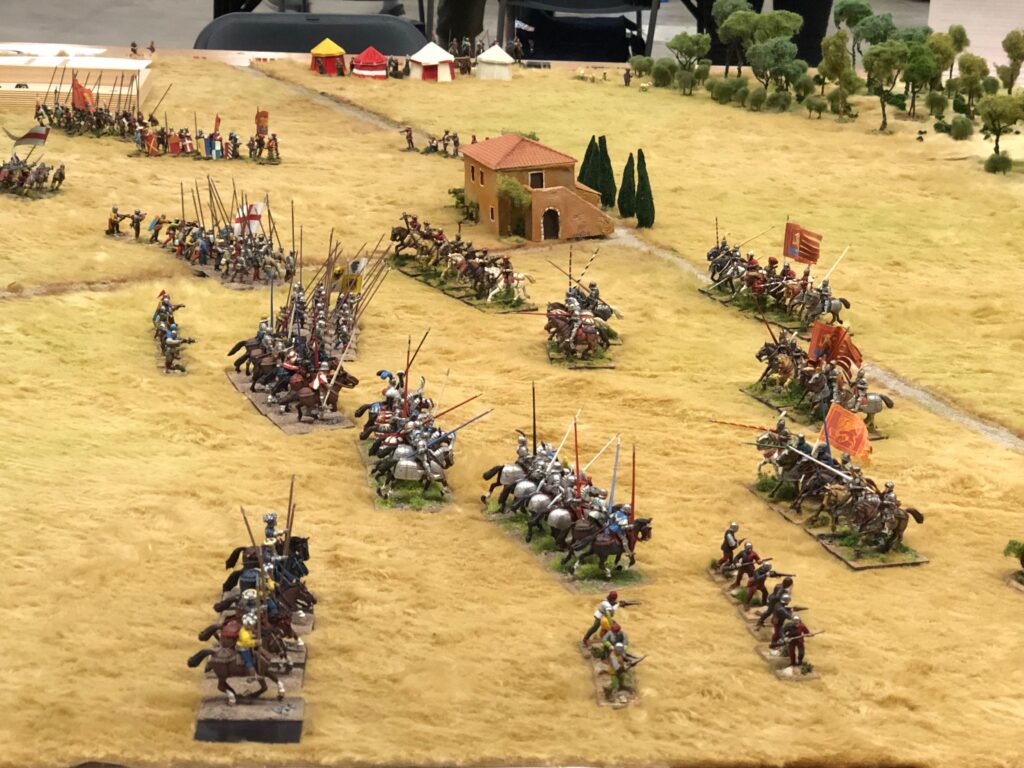The rules are designed for 28 mm miniatures, but also other scales can be used. The game is based units, which are formed of certain number of soldiers. The the commend basing is 20 mm x 20 mm for foot soldiers and 25 mm x 50 mm for mounted soldiers. The rules contains a point system for army building. An average size game contains 5-7 units per side in 180 cm x 120 cm table.
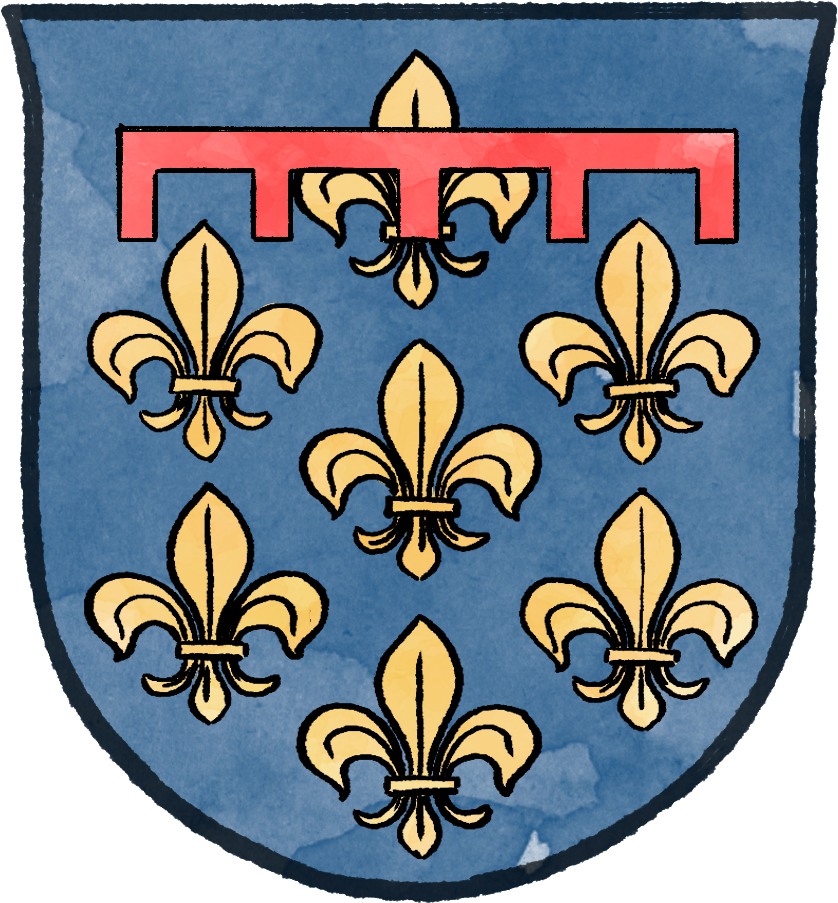
The game design focuses on a relatively short era, roughly 150 years, in the Italian peninsula. It begins with the arrival of foreign mercenary companies, continues with the rise of Italian condottieri and ends when firearms growth to a more significant role on battlefields.
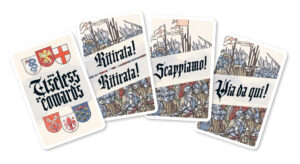
The main body of the armies were experienced mercenaries and thus drilled to maneuver in the battlefield. This has been considered by very simple movement rules and allowing units to move relatively freely. The unit width has effects on movement and battle. Wider units have advantages in melee but are more difficult to keep the shape when moving and thus suffer more easily from movement cohesion losses.
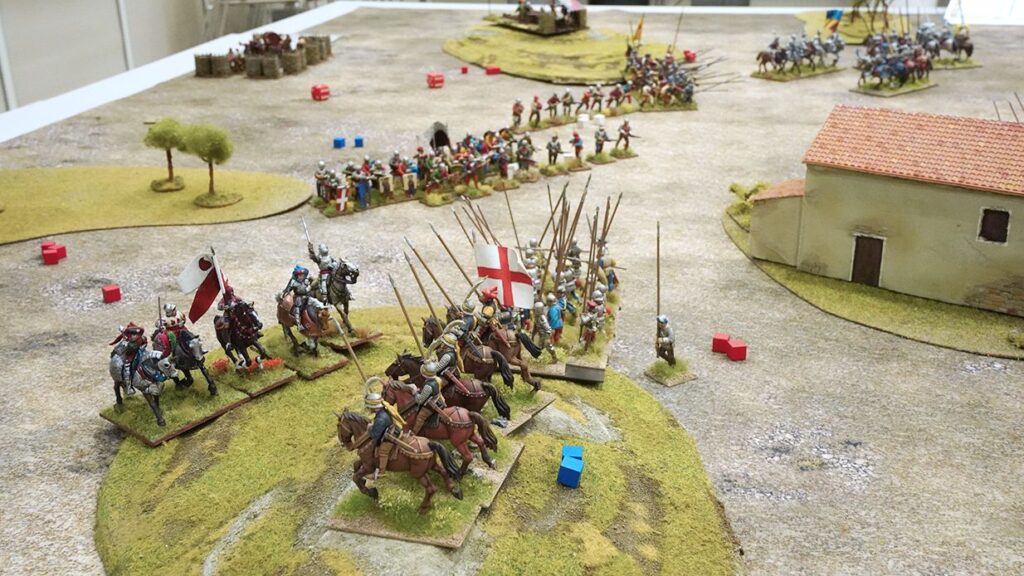
In the battle, each unit has its own command points determining how effective it can be on the battlefield. Command points can be stored for upcoming turns, representing the unit maintaining its readiness to react to events on the battlefield. Captains’ skills affect how easily used points are recovered, simulating a leader’s skill in giving new orders.
In Useless Cowards, battles do not only begin when the armies are deployed in the line but also in the camp when the winning strategies are chosen. If players use terrain setup rules, it is recommended to try to gain as much advantage as possible for your army rather than trying to set up nice terrain. This is what real generals did when they tried to draw the battle in a place where terrain provided an advantage for them. Before setting up the armies, the rules offer eight different strategies, which represent captain-generals’ choices for their battle plans.
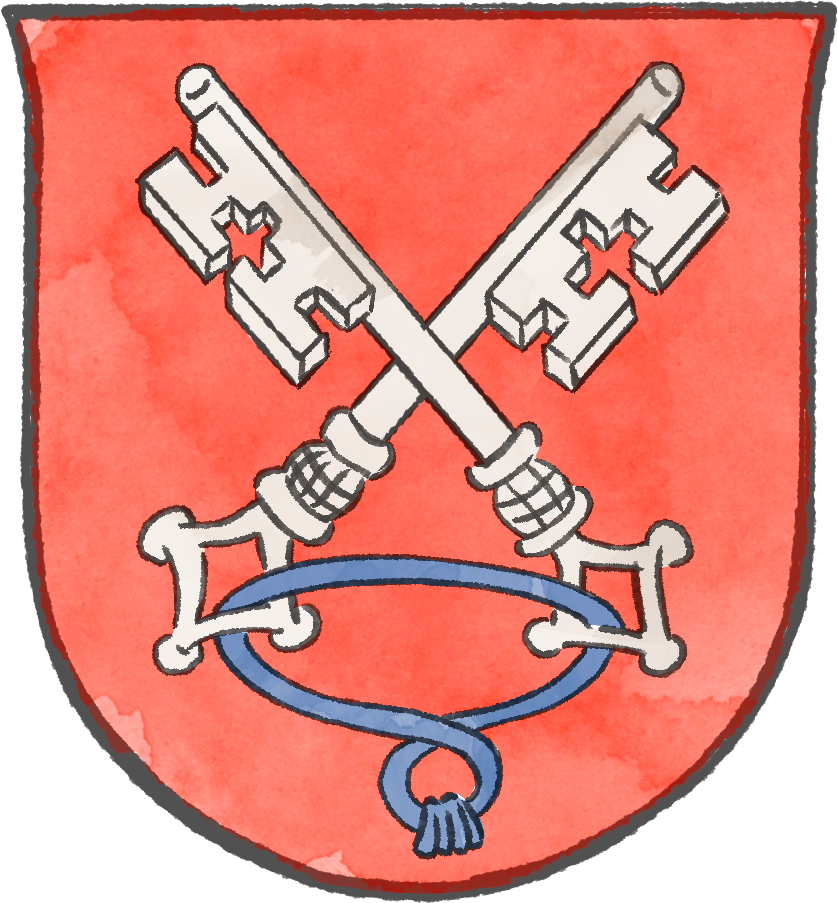
Melee battles are represented as a charge orders, which always end to either the break of the target unit or the withdrawal of a charging unit. This simulates most often fallbacks and regrouping. Infantry units maintain their cohesion longer and are more difficult to break, but once the cohesion is lost, it is more difficult for a leader to regroup them, and the unit retreats a longer distance, sometimes right away from the battlefield. A cavalry unit loses cohesion more easily in melee but rallies its ranks easier, thus retreating a shorter distance and more often ready to renew a charge.
Actual casualties are usually not the most important issue for the victory due to the condottieri battles were not so bloody than other battles in the same era. Routing units has bigger impact for army morale and the battles are won by pressing too many enemy units to rout.
